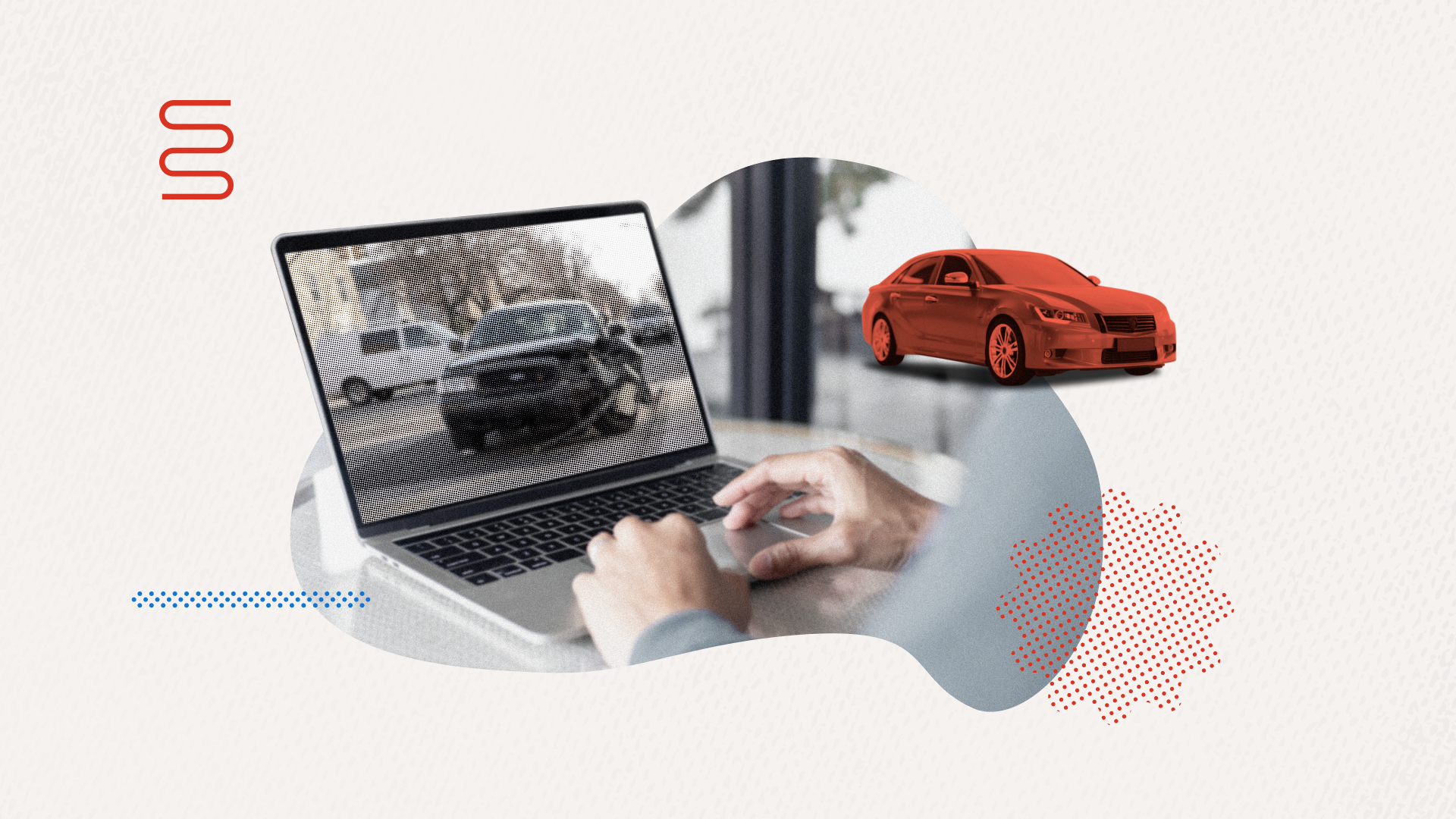
For the better part of the last decade, digital transformation has been heralded as the next frontier of business. Simply put: digital transformation is the reimagining of business in the digital age. Consultants, executives, and thought leaders have insisted that the adoption of digital technologies for business can create new processes, culture, and customer experiences, breeding efficiency and innovation, and satisfying the evolving demands of consumers. In March 2020, suddenly businesses had no choice. It was go digital or go home — or at the very least, feel the squeeze.
Insurance companies are often slower to incorporate the latest and greatest digital tech. Unlike other sectors, the industry faces heavy regulation and complex risk. Most major companies have functional websites and online claims filing, but not much beyond that. The pandemic pushed digital transformation like nothing else. In the scramble, tech adoption was more or less frantic, not strategic.
Now that the dust has settled, it’s time to get real: partial or piecemeal digital transformation won’t cut it. Among eighteen industries analyzed by Accenture, insurance is the most susceptible to future disruption. The stakes are high. In a world where online is king, auto insurers must fully embrace digital (especially for eClaims) — and invest in the tech to do so.
New technology from automakers
Safety technology is revolutionizing the way we drive. More than 12 major automakers equipped nearly all their 2021 vehicles with automatic emergency braking (AEB), a technology proven to reduce crashes and injuries. Other innovations include things like blind-spot assistance and adaptive cruise control. In the U.S., it’s estimated that auto insurance premiums could decline by as much as 25% by 2035 due to the proliferation of these systems and semi- and fully autonomous vehicles.
These technologies are making safe vehicles the norm, not the expectation, which changes consumer expectations of insurers. Stefan Heck, CEO of Nauto, an AI software for driver and fleet safety, forecasts what the industry might expect: “We see some carriers that understand this is the beginning of a reinvention of the auto insurance model, but we also see many that are still scared of technology — a bit like the utility world was a few years ago, where people said, ‘You know what, I’m fine running my coal plants, I don’t want to know about all this renewable technology because it’s only going to hit in the generation after I retire.’ But car makers are adopting the technology quite rapidly. Five, ten years out we’re going to see some very, very major effects.”
Changing consumer habits — and expectations
A dramatic decline in commuting and car usage started during the pandemic — and might very well lead to long-lasting change. In April 2020, Americans drove 64% fewer miles, and KPMG predicts as much as a 10% reduction in the annual 3 trillion miles driven by Americans. Vehicle ownership may even decline to less than two cars per household.
For the month of April 2020, Farmers Insurance reduced premiums by 25%. Shortly thereafter, GEICO offered customers a 15% credit. The auto insurance industry can feel like a game of chess —when one player makes a gambit, others often follow suit. Some carriers, such as Progressive, let customers “name their price” and choose policy elements — a la carte style — to fit that budget. Others offer pay-as-you-go insurance where drivers are charged by the mile. And some use data on driving history to price policies in a way that is commensurate with an individual’s risk. All told, developments like this reflect an “unbundling” of coverage. These dynamic offerings better match the coverage provided to coverage required. Increasingly, consumers want auto policies that leverage a usage-based pricing model, such as on-demand insurance or pay-as-you-go coverage. As consumer habits and expectations evolve, it’s important for policies — and insurers — to be flexible, innovative, and tech-forward.
Invest in technology for fully-digital claims
With so many players on the market today, consumers are beginning to see that they don’t have to mess with dinosaur ways of doing business. Full digital transformation can deliver best-in-class policies and customer care — forgo it, and you’ll risk clunky experiences for customers at a time when they’re already stressed (and on top of that, processing claims will cost you more!). Embracing digital technologies empowers product offerings, the claim journey, and customer retention. How? Take a look at these five data points:
- 25% of people who shop for auto insurance in the U.S. buy it direct online
- Millennials are more than twice as likely to buy insurance online
- 80% of all auto insurance claims are adjudicated automatically
- Digitization can reduce the cost of a claims journey by up to 30%
- Digitization can raise customer satisfaction in the claims journey by 10-15 points
What does full digitization look like for the claims process? Consumers should be able to file their claims completely online. From receiving claim documents to being able to sign them electronically. And an often-required process: notarizations. Insurers who have digital capabilities in place up until the customer needs to notarize a document are breaking the seamless and easy process that consumers are looking for. By utilizing an online notarization platform like Notarize, insurance companies can provide a truly fully-digital experience for their customers. And not only does it benefit customers, but online notarizations cut down on both costs and time in the claims process — benefitting insurers as well.
McKinsey reports that a typical large auto insurer could more than double profitability over five years by harnessing the power of digital. The research, data, and disruption is clear. The only thing left to do is adapt.




